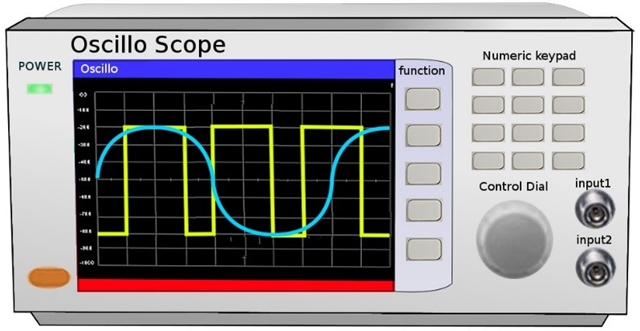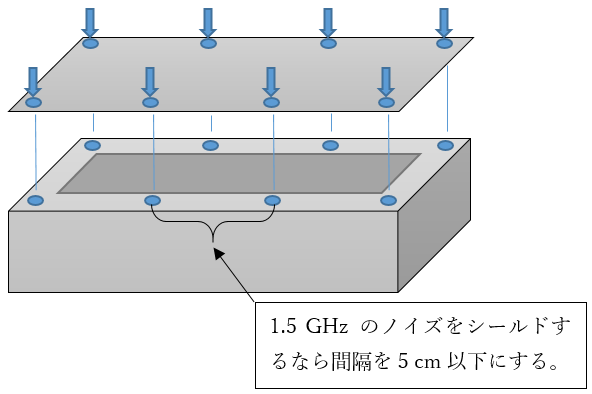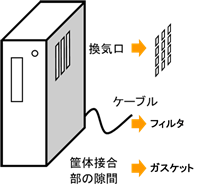Noise Countermeasures How to decide the system clock ~ There is a trick to EMC countermeasures even in screwing the case ~
Hello everyone. I am Akatani, a Technosherpa technical consultant.
It’s July and it’s getting really hot. At this time of year, our quiet, air-conditioned anechoic chamber is a pretty good environment where you can concentrate on your work.
(Our EMC countermeasures consulting service is here)
Well, this time I will briefly explain the points to pay attention to when deciding the system clock from the perspective of noise countermeasures.

In recent years, the processing power of various electronic devices has been increasing rapidly, and complex software processing has become possible in a short time. This is because the chipsets around the CPU, graphic controller, and memory are optimized (such as being integrated into one chip), and the system clock frequency is increasing and becoming faster.
So, the higher the system clock, the better, but that is not the case.
First of all, higher frequencies also increase power consumption. Digital circuits are inherently low-loss, but a small amount of leakage current occurs when switching. In the case of a system clock of several hundred MHz, switching is repeated several million times per second, so even small leakage currents accumulate and result in a corresponding amount of power consumption.
Therefore, it is clear that an unnecessarily high system clock is not good.
Next, from the perspective of EMC.
A high system clock generates high-frequency harmonics that are multiples of the clock, but a high frequency means that the wavelength is shorter and noise is emitted even from a small gap in the case. A gap of half the wavelength makes it easier for noise to be emitted.
For example, in the case of a 1.5 GHz signal, the wavelength is about 20 cm, so a gap of 10 cm is not good.
This gap is quite tricky.
Visible gaps are easy to understand, but from an EMC perspective, even if metal housings appear to be in contact with each other, there may be cases where there is no continuity and it is necessary to consider it a gap. Even if it looks like there is no gap and it is in contact, in most cases there is actually a small gap.
For this reason, screws are used to ensure continuity. In this case, the screw interval must be less than one-quarter of the noise wavelength to be suppressed.

As the system clock becomes higher like this, it is expensive to shield the noise, so it is not a good idea to increase the system clock unnecessarily.
There are other important points to consider when deciding on a system clock from an EMC perspective, but since this article is getting a little long, I will introduce them on another occasion.
If you are having trouble with noise countermeasures, please feel free to contact us.
[Related links]
- “EMC countermeasures consulting service”
- “Radio wave anechoic chamber rental service”
- Three unique benefits obtained by combining a “simple radio wave anechoic chamber” and an “electromagnetic wave visualization system”
- Information on noise frequency analysis tools
- Electronic circuit hints plus
Technosherpa e-mail newsletter (free)
| Blog articles providing information on Technosherpa’s technical consulting and engineer education can also be subscribed to via the e-mail newsletter. A sample blog post is available hereTo register for the Technosherpa email newsletter, change your email address, or stop receiving it, please click here
FacebookTwitter |





